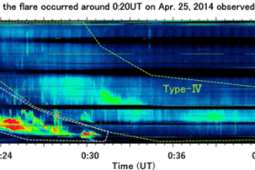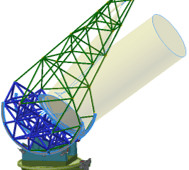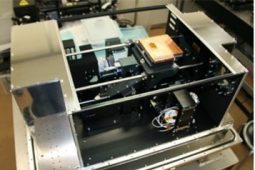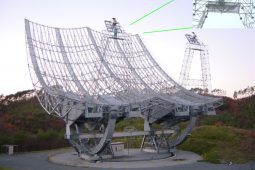Research on deriving electron density and temperature in Earth’s magnetosphere and ionosphere using data from the Arase satellite
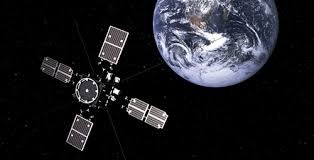
This post is also available in: Japanese
The JAXA Arase satellite, which traverses the Earth’s radiation belts, investigates plasma activity extending from the ionosphere to regions beyond geostationary orbit. One of its primary observation targets is electron density, derived from the frequency of a wave known as the Upper Hybrid Resonance (UHR) detected by electric field antennas. However, in regions where the electron density is low and the wave signal is weak, the measurement accuracy decreases. In space, a satellite becomes electrically charged through the balance between incoming ambient electrons and photoelectrons emitted by sunlight.
By analyzing variations in this spacecraft potential, together with direct electron particle measurements, we have examined more than eight years of data collected since Arase’s launch in 2017. Since electron inflow depends on both electron density and temperature, this method provides valuable insight into how these parameters vary from the ionosphere up to the magnetosphere. Furthermore, spacecraft potential serves as a foundation for measuring electric fields that accelerate electrons and ions to high energies in space.
This study not only contributes to improving the accuracy of space electric field measurements, but also supports observations of the BepiColombo mission, a joint Japan–Europe project that will begin orbiting Mercury at the end of 2026. Written by KAWAGATA Keiya.
This post is also available in: Japanese

